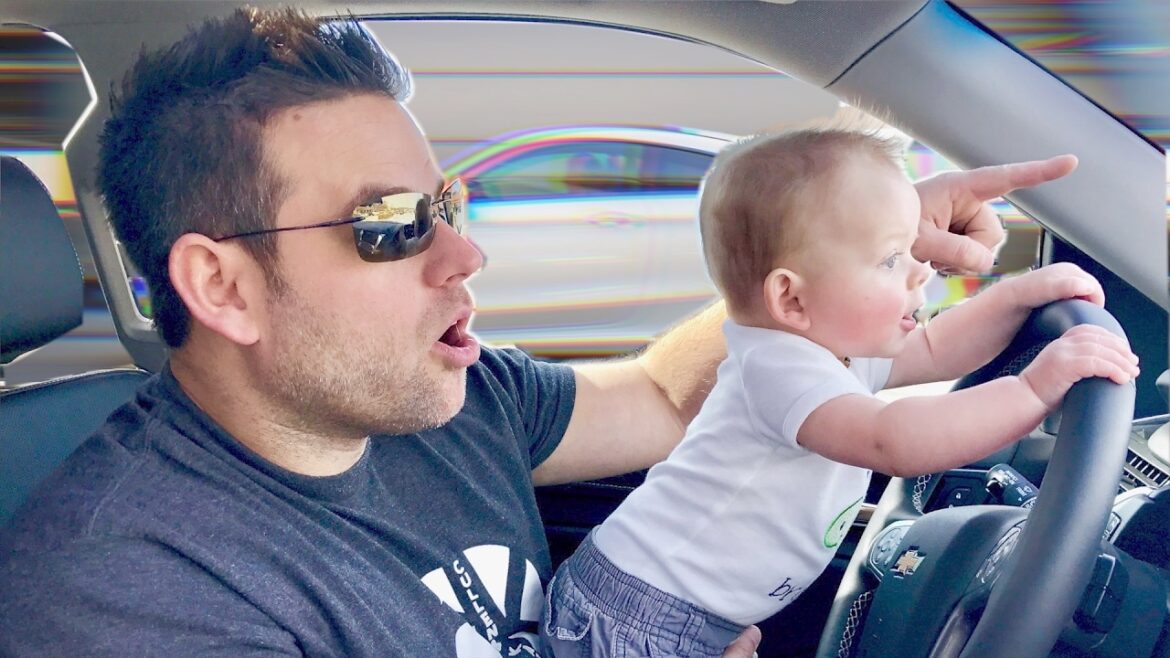1.4K
In the car, driving without a child seat is generally prohibited. It doesn’t matter how long the journey is. The penalties if you take your child without a suitable seat range from a warning fine to points in Flensburg.
This is what you face for driving without a child seat
Children need special protection in the car. That is why the Road Traffic Act (StVO) has made child seats compulsory since 1993. Anyone who is still on the road without a suitable restraint must pay.
- If you transport your baby in the front passenger seat in a suitable rear-facing child seat, there is no problem. As long as you have deactivated the front passenger airbag. With most cars, this is easily done with the car key. However, if you drive without deactivating the airbag, you will be fined 25 euros according to the law.
- It will be a bit more expensive if you take your child in the car without a child seat at all. Even if you have strapped them in. Then it is no longer just a warning, but you pay a fine of 30 euros according to the law.
- If you are driving with more than one child who is wearing a seat belt but is not in a suitable child seat, you will have to pay a fine of 35 euros.
- If you take the little ones with you without a child seat and you have not even fastened their seat belt, your fine increases to 60 euros according to the catalogue of fines.
- It is most expensive if you have several children without a seat belt and a suitable seat. Then you not only pay a fine of 70 euros, but also get a point in Flensburg.
How to keep children safe in the car
In addition to compulsory child seats, you must also pay attention to the approvals of child seats. Not every seat is approved for every age.
- To secure child seats in the car, you have two options: Either you use the three-point belt system or the Isofix mounts. The latter have been standard in new vehicles since 2013.
- From birth, if you want to take your baby with you in the car, he or she must ride in an infant carrier. According to the new iSize standard, you must let your child ride rear-facing until he or she is 15 months old. How long you can use the infant carrier depends on your baby’s height and the approval of the infant carrier itself. In most cases, the first seat change is around the first birthday.
- The safest way for your baby to ride after he or she is too big for the infant carrier is in a reboarder with an Isofix mount. These seats can be turned in both directions. This means your little one can ride backwards until the age of four. In a frontal accident, your baby’s body and head are pressed into the seat and the impact energy is transferred to the seat. Your child’s spine and abdomen are spared the enormous impact forces.
- Some manufacturers offer seats with a so-called impact shield, which are approved according to the old standard ECE R44/04 for children with a body weight of 9 to 36 kilograms. These seats belong to the old group classification 1/2/3 and are only approved for use in the direction of travel. In a frontal accident, your child’s upper body is thrown over the impactor and very strong forces act on the abdomen, head and spine.
- At a height of 105 centimetres, your child has outgrown the reboarder. Most manufacturers offer booster seats that you can use from a height of 100 centimetres. Your child is strapped into this seat with the car’s three-point belt. When buying a car seat, make sure that the belt is securely fastened over your child’s shoulders and pelvis. Otherwise, serious abdominal injuries can occur in the event of an accident. It is best to seek advice from a specialist dealer together with your child.
